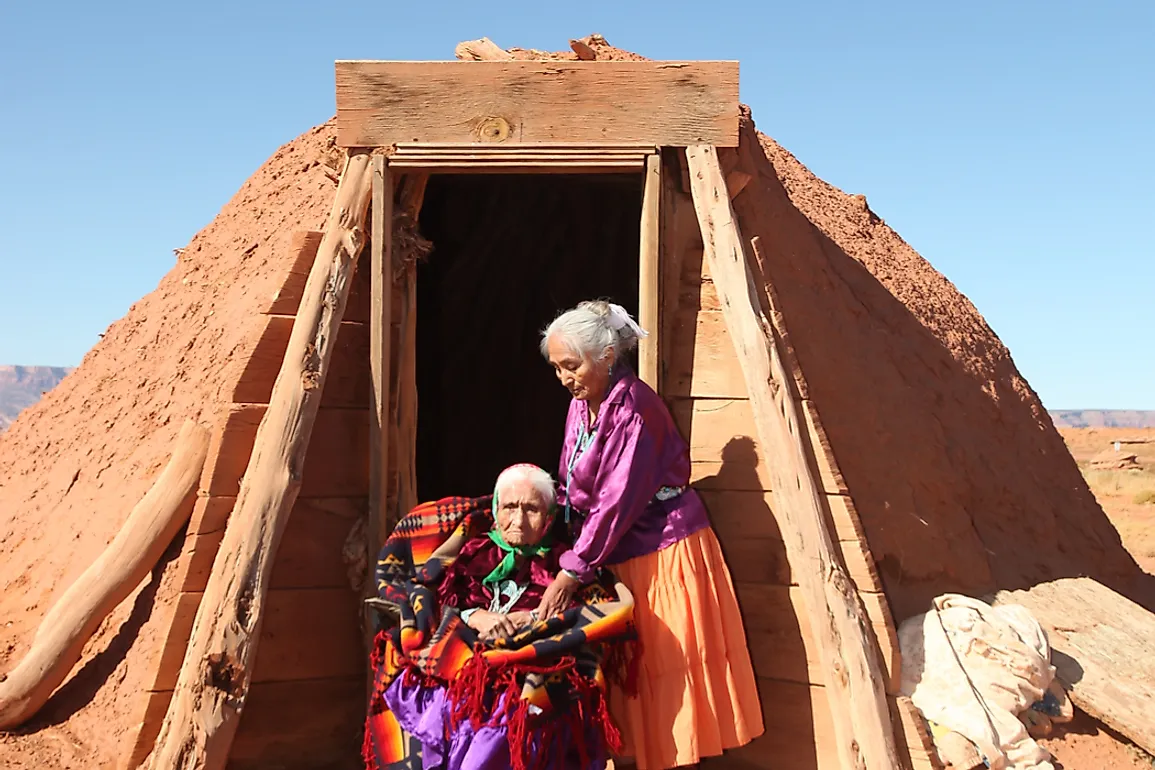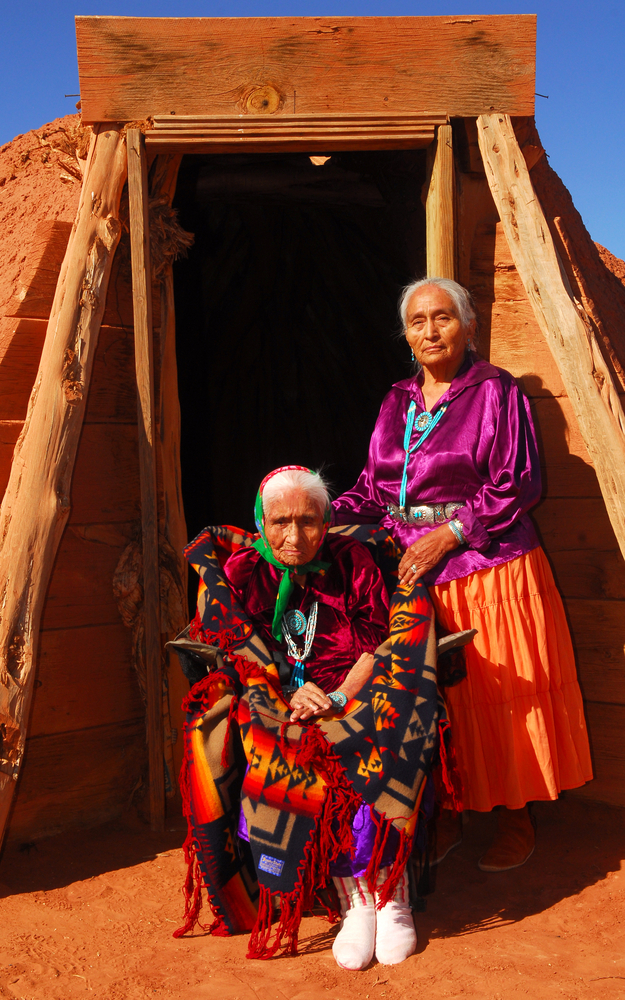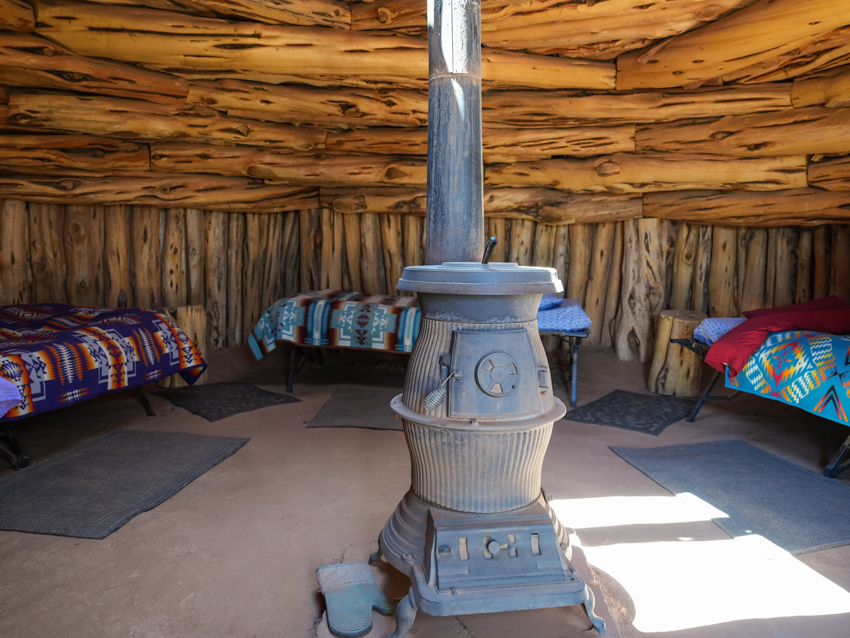
Navigating Dinétah: A Guide to Responsible Engagement with the Navajo Nation
The Navajo Nation, or Dinétah as it is known to its people, is a land of unparalleled beauty and profound cultural significance, spanning over 27,000 square miles across Arizona, Utah, and New Mexico. From the iconic sandstone monoliths of Monument Valley to the ancient cliff dwellings of Canyon de Chelly, its landscapes draw visitors seeking wonder and connection. However, experiencing this sovereign nation responsibly requires more than just admiration; it demands education, respect, and a deep understanding of its unique cultural tapestry and governing principles. This guide offers a direct, no-nonsense approach to ensuring your visit enriches both you and the Diné community.
Understanding Sovereignty: The First Step
Before setting foot on Navajo land, recognize that you are entering a sovereign nation with its own distinct government, laws, and cultural norms. The Navajo Nation is the largest tribal nation in the United States, and its people, the Diné, have a deeply ingrained sense of self-determination. This isn’t merely a tourist destination; it is a living, breathing homeland.
Fact: The Navajo Nation maintains its own judicial system, police force, and governmental branches, distinct from the surrounding states.
Implication for Visitors: State laws do not always apply. For instance, alcohol sales are prohibited across the entire Navajo Nation. Possession or consumption of alcohol is illegal and strictly enforced. Respecting this fundamental law is non-negotiable.

Furthermore, access to many areas, particularly backcountry for hiking, camping, or even simple photography outside designated tourist sites, requires a permit from the Navajo Nation Parks and Recreation Department. These permits are not mere suggestions; they are legal requirements that ensure your safety, protect the land, and provide essential revenue to the Nation for land management and community services. Ignoring these permits is not only illegal but deeply disrespectful to Diné authority and stewardship of their ancestral lands.
Respecting the Land: Diné Principles of Stewardship
The Diné relationship with the land is not one of ownership, but of kinship and profound spiritual connection. Places like Antelope Canyon, Monument Valley, and Canyon de Chelly are not just geological wonders; they are sacred spaces imbued with history, stories, and spiritual power.
Quote: "We are taught from an early age that the land is our mother. We don’t own it; we are part of it, and we have a responsibility to care for it, just as it cares for us," says Sarah Begay, a Diné elder and cultural educator.
To experience Dinétah responsibly means adopting these principles of stewardship:
- Leave No Trace, and Then Some: Beyond packing out everything you pack in, responsible engagement means leaving the land undisturbed. Do not collect rocks, pottery shards, or any natural or historical artifacts. These are integral to the ecosystem and the cultural heritage of the Diné. Stick to marked trails and designated areas.
- Permits are Paramount: As mentioned, many activities require permits. This includes hiking, camping, fishing, and accessing certain scenic areas. Obtain these well in advance through official Navajo Nation channels. Do not trespass on private or restricted tribal lands.
- Protect Sacred Sites: Some areas are considered sacred and are not open to the public. Respect signs indicating restricted access. Never disturb prayer offerings or ceremonial sites if you encounter them.
- Water Conservation: The desert environment is fragile, and water is a precious resource. Be mindful of your water usage, especially in remote areas.
- Wildlife Etiquette: Observe wildlife from a distance. Do not feed animals, as this can alter their natural behaviors and create dependence.

Engaging with Culture: Honoring Diné Heritage
The richness of Diné culture is a primary draw for many visitors. Engaging with it respectfully means prioritizing genuine connection and understanding over mere observation.
- Guided Tours are Essential: For many of the most iconic sites, such as Antelope Canyon and Canyon de Chelly, you must hire a certified Navajo guide. This is not just for safety; it is to ensure cultural interpretation is accurate, respectful, and comes from an indigenous perspective.
Fact: Only Navajo guides are permitted to lead tours into Antelope Canyon. Their knowledge of the geology, history, and spiritual significance of the canyon is unparalleled.
Benefit: These guides offer invaluable insights, share traditional stories, and help you understand the deeper meaning of the landscapes you are experiencing, far beyond what any guidebook could provide. - Photography with Permission: This is perhaps one of the most critical aspects of respectful cultural engagement.
- People: Always ask for permission before photographing Diné individuals, especially elders or children. Understand that some people may decline, and their wishes must be respected without question or complaint. For many Diné, photography can be seen as taking a piece of their spirit or privacy.
- Ceremonies/Homes: Never photograph ceremonies, sacred sites, or private homes unless explicitly invited and given permission. These are deeply personal and not for public consumption.
- Commercial Use: If you plan to use photos for commercial purposes (e.g., stock photography, publications), you will need to obtain specific permits from the Navajo Nation and potentially model releases from individuals.
- Support Local Artisans and Businesses: One of the most direct ways to contribute positively to the Diné economy is to purchase authentic, locally made arts and crafts directly from the artisans or reputable Diné-owned businesses.
Tip: Look for the "Authentic Navajo Made" label. Be wary of mass-produced items or those claiming to be "Native-inspired" but made elsewhere, which can undercut genuine Diné artists. Purchasing directly supports families, preserves traditional crafts, and ensures your money stays within the community. - Learn Basic Phrases: A simple "Yá’át’ééh" (Hello) in the Navajo language can go a long way in showing respect and appreciation.
- Be an Active Listener: When engaging with Diné people, especially guides or vendors, listen attentively to their stories, explanations, and advice. Approach interactions with humility and an open mind, ready to learn.
Personal Safety and Preparedness: Your Responsibility
The vastness and remoteness of the Navajo Nation, while beautiful, also present unique challenges. Your safety is your responsibility.
- Be Prepared for Extremes: The high desert experiences extreme temperatures. Summers are scorching, with temperatures often exceeding 100°F (38°C), while winters can be bitterly cold with snow. Pack accordingly and check weather forecasts diligently.
- Hydration is Critical: Carry ample water – far more than you think you’ll need. Dehydration is a serious risk.
- Fuel Up: Gas stations are sparse, especially in remote areas. Keep your fuel tank full.
- Road Conditions: Many roads, particularly those leading to more remote areas, are unpaved, sandy, or rough. A high-clearance, 4×4 vehicle is often recommended, especially during monsoon season (July-September) when flash floods can make roads impassable. Check road conditions before venturing off main highways.
- Limited Cell Service: Do not rely on your cell phone for navigation or emergencies. Service is spotty to non-existent in many areas. Carry physical maps and a satellite communication device if exploring remote regions.
- Emergency Services: While 911 is operational, response times can be significantly longer due to vast distances. Be self-reliant and inform someone of your itinerary.
Health and Community Well-being: A Collective Responsibility
The Navajo Nation was disproportionately affected by the COVID-19 pandemic, highlighting existing health disparities and the vulnerability of remote communities. While the immediate crisis may have subsided, a responsible visitor remains mindful of community health.
- Respect Local Health Guidelines: If visiting during a public health concern, adhere to any mask mandates or other health protocols implemented by the Navajo Nation, even if they differ from surrounding state guidelines.
- Travel When Healthy: Do not travel to the Navajo Nation if you are feeling unwell.
- Don’t Burden Local Services: Understand that medical facilities and other emergency services are limited. Minimize any potential strain on these resources by being well-prepared and self-sufficient.
The Journey of Understanding
Experiencing the Navajo Nation responsibly is not merely about following rules; it’s about embarking on a journey of understanding, respect, and mutual enrichment. It requires pre-trip research, a willingness to learn, and an open heart. Consult official sources like the Navajo Nation Tourism Department and Navajo Nation Parks and Recreation for the most current information on permits, regulations, and authorized guides. Read books by Diné authors, listen to their stories, and approach your visit with genuine curiosity and humility.
By doing so, you move beyond being a mere tourist and become a respectful guest, contributing positively to the well-being of the Diné people and leaving with an experience far richer and more meaningful than a simple checklist of scenic overlooks. You will not only witness the breathtaking beauty of Dinétah but also glimpse the enduring spirit and profound wisdom of a resilient people who have lived in harmony with this land for millennia. Your responsible visit becomes a silent promise to honor that legacy.


